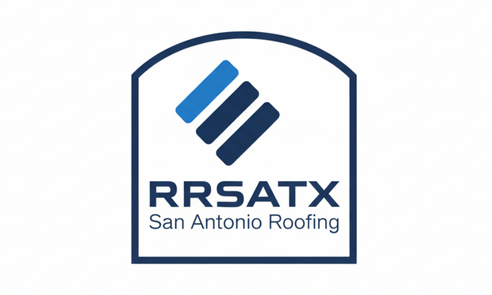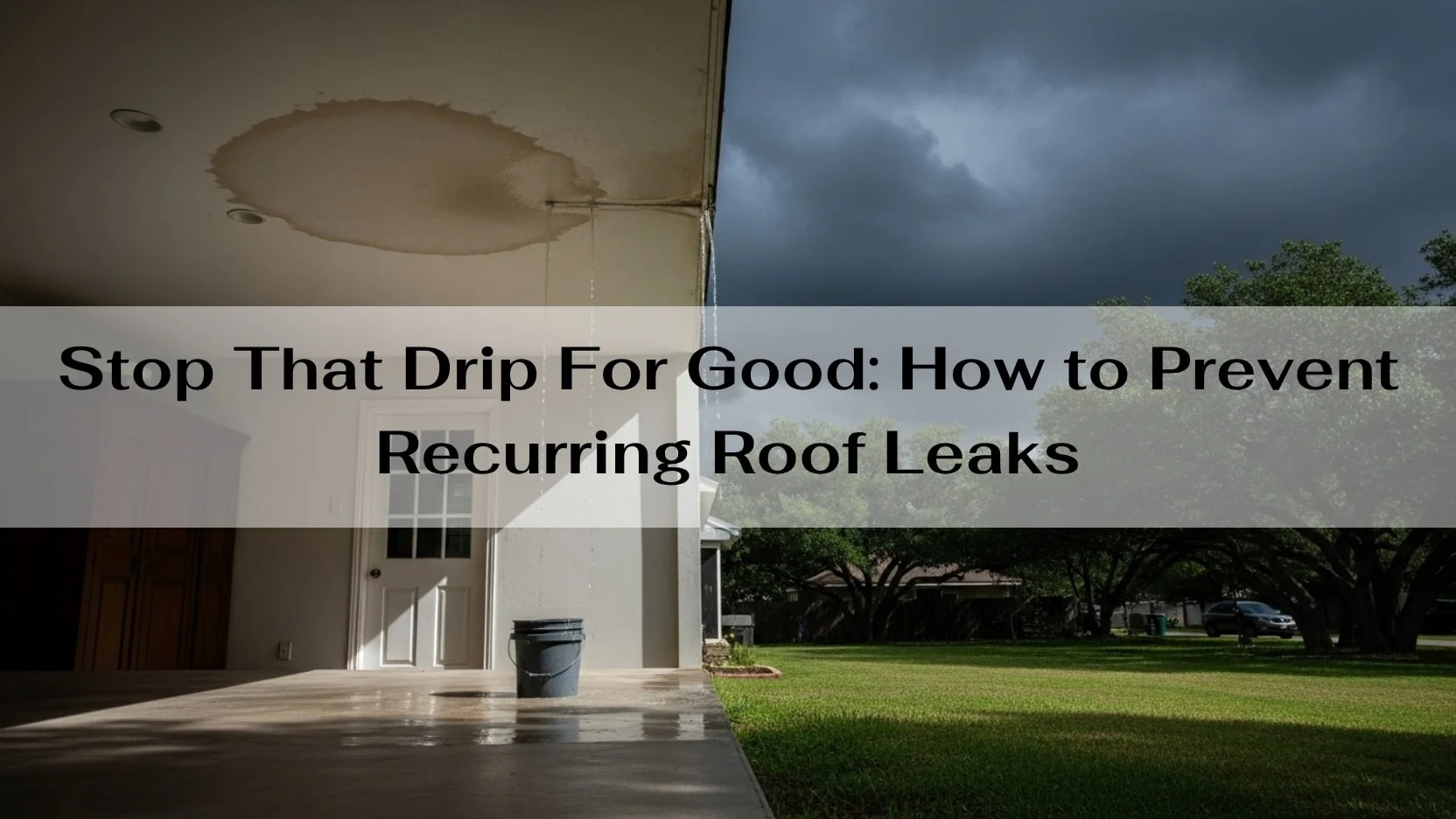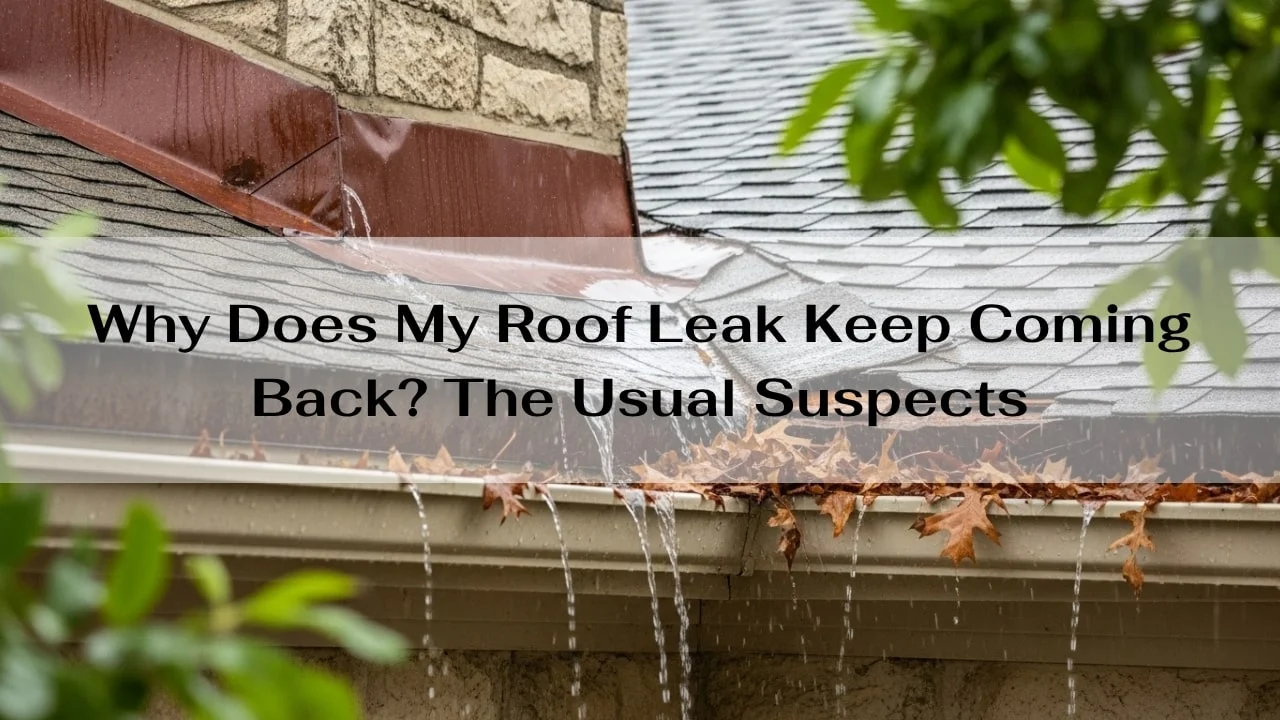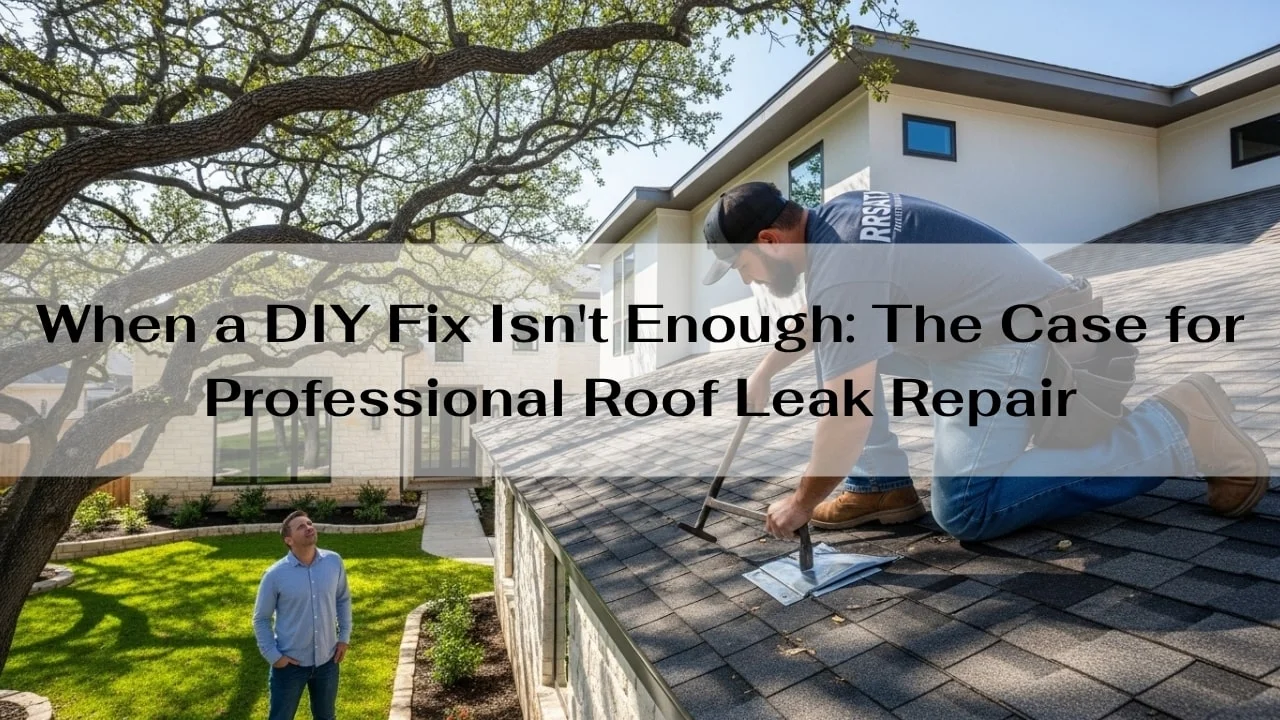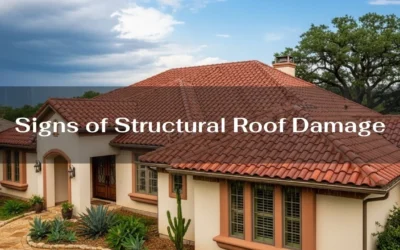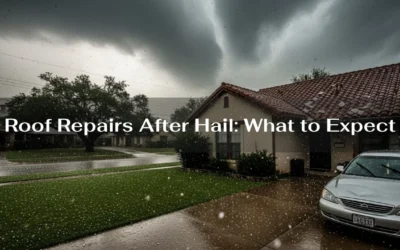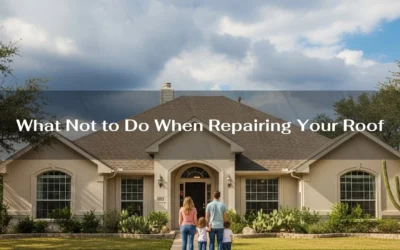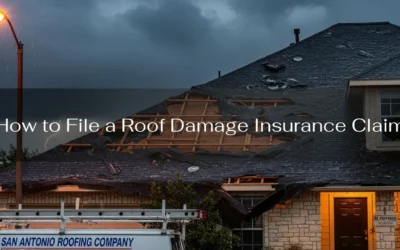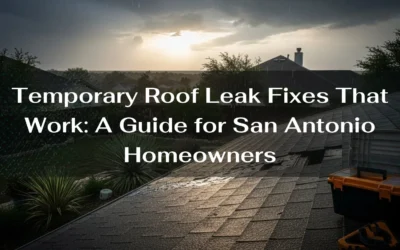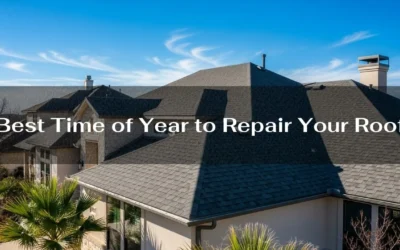There’s nothing more frustrating than thinking you’ve fixed a roof leak, only to see a water stain reappear on your ceiling after the next big San Antonio downpour. If you’ve found yourself constantly battling the same leak, you’re not alone. Many homeowners face the maddening cycle of a persistent roof leak that just won’t quit.
The truth is, a recurring leak is a sign of a deeper issue. A quick patch might stop the water temporarily, but it rarely addresses the root cause. This guide is your ultimate resource to finally understand how to Prevent Recurring Roof Leaks and restore your peace of mind. We’ll explore the common reasons leaks come back, how to find the real source, and the steps for a permanent roof leak fix.
Why Does My Roof Leak Keep Coming Back? The Usual Suspects
Understanding why does my roof leak keep coming back is the first step to solving the problem for good. Often, the initial repair was a superficial fix that didn’t tackle the underlying failure. Here are the most common causes of recurring roof leaks:
- The “Symptoms vs. Source” Error: Water is tricky. It can enter your roof in one spot, travel along a rafter or sheathing, and drip down in a completely different location. If the repair was made at the drip point inside your home and not the actual entry point on the roof, the leak is guaranteed to return. Proper roof leak diagnosis is critical.
- Failing Flashing: Flashing is the metal material used to seal and protect the joints on your roof, like around chimneys, vents, and skylights. Over time, flashing can corrode, come loose, or have its sealant dry out and crack. This is one of the most hidden roof leak causes and a prime reason for a leak that seems to “come and go” with different wind and rain directions.
- Clogged Gutters: This is a big one, especially with our live oaks in San Antonio. When gutters are clogged, water can’t flow away properly. It backs up under the roof shingles, soaking into the decking and fascia. This constant moisture leads to rot and leaks that can be mistaken for a shingle problem. Regular gutter cleaning to prevent roof leaks is a simple but powerful form of maintenance.
- Vent Pipe Boot Failure: The rubber boot (or plastic collar) that seals the area where plumbing vents exit the roof has a limited lifespan. The sun’s UV rays bake and crack this rubber over time, creating a direct path for water. It’s a small component that can cause a very big problem.
- Underlayment Failure: Beneath your shingles or tiles lies a water-resistant barrier called the underlayment. If this layer is compromised due to poor installation, age, or storm damage, water can seep through even if the top-layer shingles look fine. This is a clear sign of a poorly repaired roof leak if only the surface-level shingles were replaced.
The Ultimate Roof Leak Prevention Checklist for San Antonio Homeowners
An ounce of prevention is worth a pound of cure, and that’s especially true for your roof. Here is a practical roof leak prevention checklist that incorporates essential roof maintenance tips to prevent leaks.
- Biannual Visual Inspection: From the ground, use binoculars to look for missing, cracked, or curling shingles. After storms, keep an eye out for any granules in your gutters or downspouts, as this signals shingle wear.
- Keep Those Gutters Clean: Aim to clean your gutters at least twice a year—late spring and late fall. If you have overhanging trees, you may need to do it more frequently.
- Trim Overhanging Branches: Tree limbs can scrape and damage shingles and drop a barrage of leaves into your gutters. Keeping them trimmed back is a simple way to protect your roof.
- Check the Attic: Periodically, especially after a rain, take a flashlight into your attic. Look for any signs of moisture, dark stains on the wood, or mold growth. This can help you spot a leak in its earliest stages.
- Schedule an Annual Roof Inspection: The most important item on your checklist should be a professional annual roof inspection for leak prevention. Trained eyes can spot developing problems long before they turn into costly leaks.
How to Find the Source of a Roof Leak: A DIY Guide
Before you can implement a strategy to Prevent Recurring Roof Leaks, you need to find the true entry point. How to find the source of a roof leak requires a methodical approach. Safety first: only do this if you are comfortable and can do so safely on a ladder.
- Start in the Attic: The best time to look is during the day while it’s raining. Take a bright flashlight and look for water stains, mold, or trails of water running along the rafters or roof decking. Trace the water trail uphill to its highest point—that’s likely close to the entry point.
- Look for Shiners: In a cold attic, you might see nails that have condensation frozen on them. These shiners can melt during the day and drip, causing a leak. This is a common issue that isn’t always a leak in the traditional sense.
- Inspect the Roof Exterior: From a safe position on a ladder, examine the areas where leaks are most common: around flashing, vent pipes, and in the valleys where two roof planes meet. Look for cracked caulk, rusted metal, or damaged shingles.
If you’re not comfortable doing this or can’t find the source, it’s time to call a professional. A persistent leak often requires an expert eye for a correct roof leak diagnosis.
When a DIY Fix Isn’t Enough: The Case for Professional Roof Leak Repair
Many homeowners ask us, “Can’t I just patch it myself?” For a small, isolated issue, maybe. But for a persistent roof leak, a DIY fix is often a temporary band-aid. Here’s why a professional approach is the only way to Prevent Recurring Roof Leaks for the long term.
Professionals don’t just look for the obvious hole. They perform a systematic inspection to understand the full scope of the problem. They know how water travels and can identify compromised areas that aren’t yet leaking. More importantly, they have the training and materials to execute a permanent roof leak fix that matches your specific roofing system.
This is where our expertise comes in. At RRSATX: San Antonio Roofing Company, we’ve helped thousands of homeowners just like you who are tired of the leak-repair-leak-again cycle. Our process is designed to find the root cause and eliminate it.
We start with our comprehensive 12-point inspection, where our Haag-Certified inspectors leave no shingle unturned. We don’t just guess; we diagnose. If you need a reliable San Antonio roof leak repair, our team is equipped to provide a permanent solution for leaking roof issues, backed by honest assessments and transparent pricing. We are committed to providing the kind of professional roof leak repair that gives you your home back, leak-free.
Tired of the Drip? Let RRSATX Be Your Permanent Solution
You don’t have to live with the stress and potential damage of a leaking roof. If you’re searching for the best roofer for leaky roof San Antonio has to offer, your search ends here. Our family-owned company has been solving the toughest roofing problems in South Texas for over two decades.
We combine local expertise with the highest-quality materials to deliver repairs that last. We don’t believe in quick fixes; we believe in doing the job right the first time.
Ready for a roof you can truly rely on?
Stop trying to Prevent Recurring Roof Leaks on your own. Let our trusted team provide a professional diagnosis and a lasting solution.
Schedule Your FREE, No-Obligation Roof Inspection Today! We’ll find the real source of your leak and give you a straightforward, honest plan to fix it for good. Call us at (713) 504-2341.
FAQs
Q1: I’ve had a roofer patch my leak twice, but it’s back. What’s going on?
This is the classic sign of a misdiagnosis. The repair was likely made to the symptom (where the water is dripping) and not the source (where the water is entering the roof). A full inspection is needed to trace the water trail and find the true entry point.
Q2: Are some roofs more prone to recurring leaks?
Absolutely. Older roofs with worn-out underlayment, roofs with complex designs (lots of valleys and angles), and roofs that were originally installed with subpar materials or workmanship are more susceptible. A professional evaluation can determine if your roof needs targeted repairs or a full replacement to finally solve the problem.
Q3: What’s the best way to stop a roof leak from coming back for good?
The only way to guarantee a leak won’t come back is to address the root cause with high-quality materials and expert craftsmanship. This often means replacing a section of roof decking, installing new flashing correctly, or repairing a wider area than just a single shingle. This is the core of our approach to all our roof repair services.
Q4: I’m in San Antonio and think I have a hidden leak. What should I do?
Don’t wait for it to get worse! Hidden leaks can cause rot, mold, and structural damage. Contact a local, trusted roofer for an inspection. For a recurring roof leak fix San Antonio TX homeowners can trust, our team at RRSATX specializes in finding and fixing these hidden issues. We serve the entire San Antonio area and are your local solution for emergency roof leak repair San Antonio relies on.
